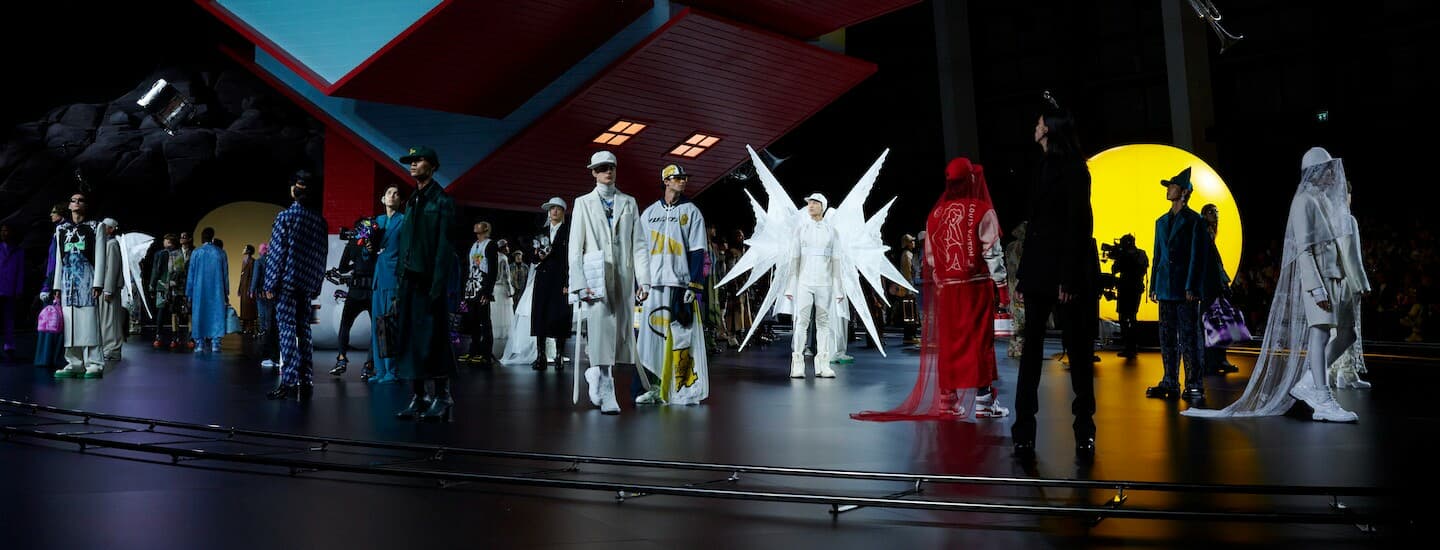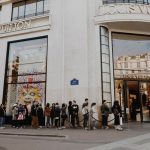#LVMH #luxury #brand #marketing #Asia
$LVMUY
“Despite the potential of Asia as a major market for the firm, LVMH is not putting all of its eggs in 1 basket“– Paul Ebeling
Luxury fashion brands are no stranger to presenting its fashion runway show in Asia. The world’s largest luxury conglomerate, LVMH, had already done its presentations in cities across the region in recent months. While these past presentations were typically spin-offs from the original shows, the decision to re-show in Asian cities unveils the strategic importance of engaging with consumers in this part of the world.
In its recent financial report for Q-1, LVMH reported stronger-than-expected sales growth of €18 billion, which is a 29 per cent increase compared to the same frame last yr. Breaking down the figures, revenue earned from Asia (excluding Japan) registered a modest increase of 8%.
Overall in Y 2021, the rest of Asia represented 35% of the total revenue for the Parisian company. To only grow by 8% is a worrisome sign, and LVMH is determined to boost sales through vigorous engagement with the region.
Over the past y, brands under the LVMH group have devoted more resources to Asia by staging fashion shows in major capital cities. Last year in April, Dior re-showcased its Fall 2021 show in Shanghai as a guest of honor of Shanghai Fashion Week.
Labelmate Louis Vuitton presented its spin-off womenswear show in Singapore last March, and that occasion marked the return of physical shows.
A week ago, Louis Vuitton staged its Fall/Winter 2022 spin-off in Bangkok. Apart from its Fashion & Leather division, jewelry brands like Bvlgari and Tiffany & Co. also organized exhibitions to connect with local clients.
To understand the reason why LVMH places importance on Asia is simple: it is the fastest growing region in terms of GDP.
According to The Financial Times, “Over the next 2 yrs, gross domestic product will rise faster in Asia than in the Americas and Europe, strengthening its position as the largest and fastest-growing economic bloc.” Asia’s GDP is expected to expand from $33 to $39-T by Y 2023. This means that with economic growth, the income of its citizens will likely increase, which creates a pool of mass consumers who have the money to buy luxury goods.
Furthermore, luxury goods have been known to be a status signifier and this line of thinking is still prevalent in Asian countries. Capitalizing on this phenom, companies like LVMH ensure that its presence is felt throughout with regular interactions. The idea that the world has entered an “Asian Century” has been echoed by many over the past few years and this further strengthens Asia’s strategic importance.
Being the main engine of growth in Asia, China has been accredited as the primary market that brands aim to target. The country’s double-digit economic expansion is a significant boon for LVMH as luxury goods have a high income elasticity of demand. In other words, as people become wealthier, they will buy more of the luxury goods. Coupled with the predominance of social media as a platform to flaunt 1’s wealth, owning a Dior Saddle Bag has increasingly become a necessity.
Opportunities are abound in Southeast Asia. The region is one of the world’s fastest growing in terms of income, and its youths are leading the charge in consumer spending on luxury goods. Brands under the LVMH group are still Top choices for the burgeoning young spenders in ASEAN, and this could be attributed to pop culture influence as mentioned earlier.
LVMH’s strategy in Asia is quite clear-cut. It is definitely putting more emphasis on engaging with the region, but it does not base its business decisions on a blanket approach. The group is cognizant of its over-reliance on the Chinese market and is attempting to minimise any future impacts through diversification.
As the saying goes, “Don’t put all your eggs in one basket”, its stronghold in Japan and SKorea has proven some results and it is continuing its efforts in the Southeast Asia region.
Have a prosperous holiday weekend, Keep the Faith!









